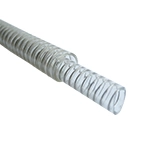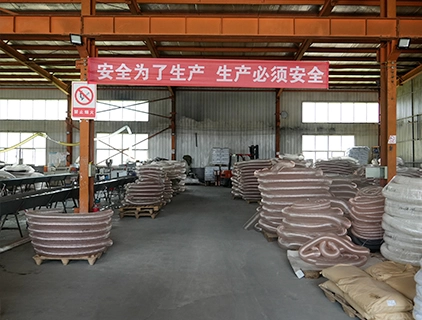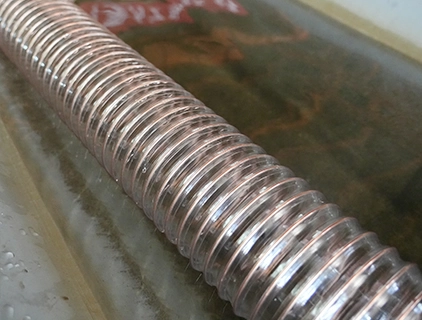Polyurethane Hose Storage and Care
Polyurethane Hose plastic material is subject to changes in its physical properties during its service life due to certain factors. Even reinforcing layers (polyester fibre layers or spiral steel), they can be affected by different factors, especially when stored incorrectly. The following recommendations can minimise or prevent the deterioration of stored Polyurethane Hose products.
Polyurethane Hose Storage period: The storage period should be minimised by a regular rotation system.
If Polyurethane Hose prolonged storage cannot be avoided, it is recommended that the hose be thoroughly inspected prior to actual use; hoses without fittings attached (see date on hose label) should be stored in the same condition as the hose. Hoses without fittings (see date on hose labelling) should be put into service within two years, and fitted ones within one year.
Temperature and humidity of Polyurethane Hose: The ideal storage temperature is between 10°C and 25°C. The hose should not be exposed to temperatures above 40°C. The hose should not be stored in a temperature exceeding 40°C. The hose should not be exposed to temperatures above 40°C or below 0°C. in which the hose should not be exposed to temperatures above 40°C or below 0°C. If the temperature is below -15°C, it is advisable to take some precautions when using the hose: it must not be stored near heat sources or in environments with high or low humidity (not in the vicinity of the hose). or low humidity (should not exceed 65%).
Low exposure: it is recommended to store the hose in a place free from light, in particular avoiding direct sunlight or strong illumination. If conditions are limitations, where there are windows, then it is recommended to use curtains to shield the hose from sunlight.
Contact with other materials: The hose should not normally come into contact with solvents, fuels, oils, greases, volatile chemicals, acids, disinfectants and organic liquids. liquids. Plastic materials are subject to changes in physical properties over time or due to other factors. Even with reinforcing layers (polyester fibre layers or spiral steel), they can be adversely affected by improper storage. The following measures can be taken to minimise deterioration of stored products. The following measures can minimise the deterioration of stored products.
Storage and Cleaning Conditions: Hose storage must be under conditions of no pressure, no stretching, no compression, no extreme deformation, and avoiding contact withsharp or cutting objects. Storage on shelves or dry floors is recommended. Packed rolls of hose must be stored horizontally and not If conditions are limited, hoses should be stacked at an appropriate height to avoid irreversible deformation of hoses placed at the bottom.
During storage operations, the inner diameter of the hose when coiled must be large enough to maintain the mechanical properties of the hose and must not be less than the manufacturer's specified inner diameter of the coiled package. The inside diameter of the coiled package must not be less than that specified by the manufacturer.
In addition to correct storage and handling, regular cleaning is also important to avoid any contamination of the medium circulating in the hose, which could also damage the equipment to which the hose is connected. It is recommended to carefully check the valves at both ends of the hose. It is advisable to carefully check that the valves at both ends of the hose are closed to prevent the possibility of foreign bodies entering the hose.
The Polyurethane Hose should be cleaned using a specific cleaning programme and it is recommended that solvents (petroleum or paraffin, etc.), abrasives and sharp or cutting tools (wire brushes, sandpaper, etc.) are not used. (wire brushes, sandpaper, etc.) for hose cleaning. Please contact our office for further details.
Handling: The Polyurethane Hose must be handled with care, avoiding shocks, dragging and crushing on rough surfaces. If hoses are packaged in rolls, they must be gently pulled. Heavy hoses, usually packed vertically, must be moved on special stands.
Related Products
Submitted successfully
We will contact you as soon as possible













